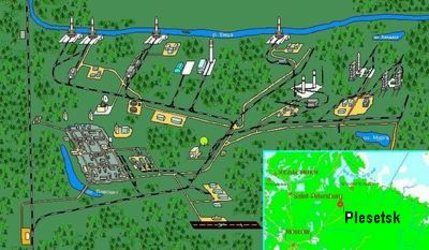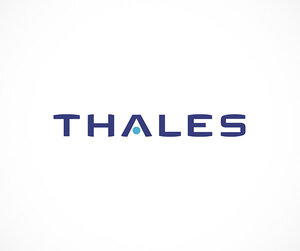SMOS Launch Campaign Manager: interview with Roger Jegou
ESA's Launch Campaign Manager for SMOS, Roger Jegou is currently at the Russian Plesetsk Cosmodrome overseeing preparations for the launch of SMOS on

Roger Jegou, a French national, joined ESA in 1987 when he took a position at the European Space Research and Technology Centre (ESTEC) in the Netherlands as an Engineer in the Space Science directorate. Since then, Jegou has been involved with Envisat and MetOp, and has worked on SMOS since 2001.
Jegou gained his PhD in Space Science from the University of Pierre & Marie Curie Paris VI in Paris.
ESA: What does the role of Launch Campaign Manager involve?
Roger Jegou
My role includes coordinating the plan of campaign activities carried out by the various teams from ESA, CNES, Thales Alenia Space, EADS-CASA and Khrunichev. In addition to the technical side of testing and preparing SMOS for launch, there is also the huge logistical challenge of organising the accommodation and trips for the teams. For example, there have been 1600 hotel nights and 118 trips to and from Plesetsk to arrange and coordinate with our partners. It’s quite a task, I see my self as a sort of ‘chef d’orchestre’!
ESA: What are the biggest challenges to overcome during the launch campaign?
Roger Jegou
Well, when you are working away from home for up to six weeks, in pretty basic conditions, it is sometimes a bit of a challenge to keep team morale high. Everyone is there to achieve a successful launch, but home comforts, such as good food, are very important. So probably, the biggest challenge is to make sure the teams are as comfortable as possible. The campaign is very hard work so the team also need time to relax and have a bit of fun. We do organise the odd game of football, barbeque or trip to somewhere of interest in our free time. Good team spirit helps us live and work together without friction, and ultimately get on with the job in hand – to launch SMOS and get it delivering good data to the scientific community.
ESA: What are the advantages of launching SMOS from Russia?
Roger Jegou
The main advantage is cost, launching from Russia on Rockot is relatively cheap compared to other launchers. The idea of using a converted SS-19 intercontinental ballistic missile to launch a satellite that will help us understand the Earth environment is a great way of ‘recycling’– and it’s ironic. With the addition of the new Breeze-KM upper stage, these missiles, which were originally intended to cause destruction, are now being used to advance the science and knowledge we need to protect our planet. I like this kind of U-turn life can create. With over 1000 successful launches, they are also very reliable rockets.
ESA: How long does a launch campaign take and how many people does it involve?
Roger Jegou
The launch campaign in Plesetsk takes about six weeks and involves more than 100 people from ESA, CNES, Thales Alenia Space, Eurockot, Khrunichev – part owners of Eurockot, and the Russian military space forces.
ESA: The SMOS and Proba-2 satellite are being launched together; does this mean there are two launch campaigns conducted simultaneously?
Roger Jegou
Yes, this does mean that two launch campaigns are carried out, although not simultaneously to begin with. The launch campaign started with Proba-2, which was tested and prepared for launch while SMOS was still at Thales Alenia Space’s facilities in France. These initial activities were completed and Proba-2 put into storage to make way for SMOS, which arrived at the Plesetsk Cosmodrome on 17 September. The cleanroom was therefore cleared for us to prepare the SMOS satellite until the activities on Proba-2 resumed on 11 October. Obviously, by the time it came to installing the satellites on the launch adapters and encapsulating them in the fairing, the two campaigns merged.
ESA: Where will you be for launch?
Roger Jegou
More than likely I will be in the ‘MIK’ at the Plesetsk Cosmodrome!
Editor's note:
This is one in a series of interviews with a few of the key people involved in the SMOS mission. Please check back, as the list will be added to over the coming weeks.















 Germany
Germany
 Austria
Austria
 Belgium
Belgium
 Denmark
Denmark
 Spain
Spain
 Estonia
Estonia
 Finland
Finland
 France
France
 Greece
Greece
 Hungary
Hungary
 Ireland
Ireland
 Italy
Italy
 Luxembourg
Luxembourg
 Norway
Norway
 The Netherlands
The Netherlands
 Poland
Poland
 Portugal
Portugal
 Czechia
Czechia
 Romania
Romania
 United Kingdom
United Kingdom
 Slovenia
Slovenia
 Sweden
Sweden
 Switzerland
Switzerland




























